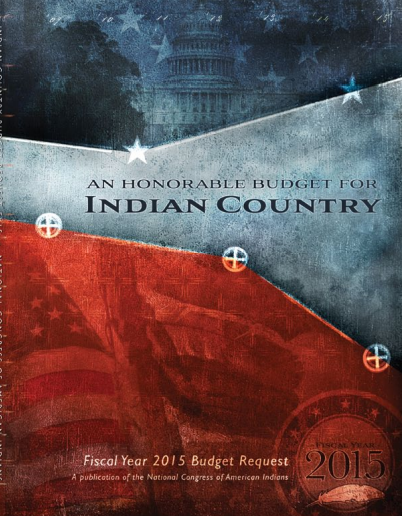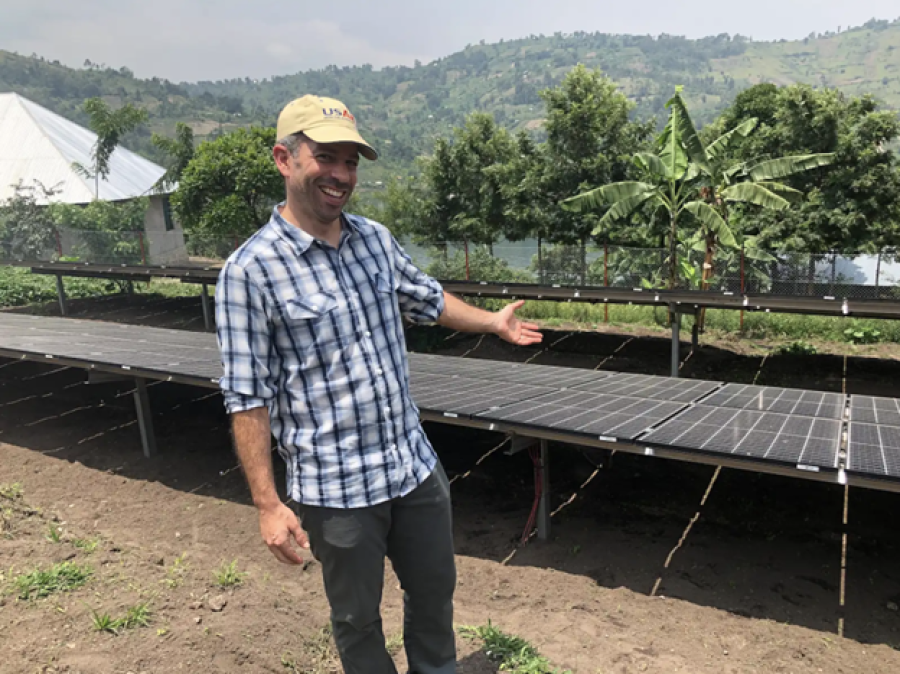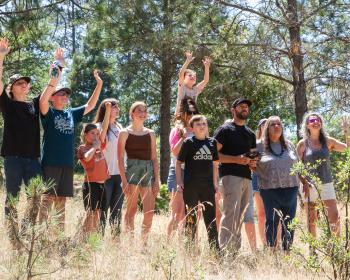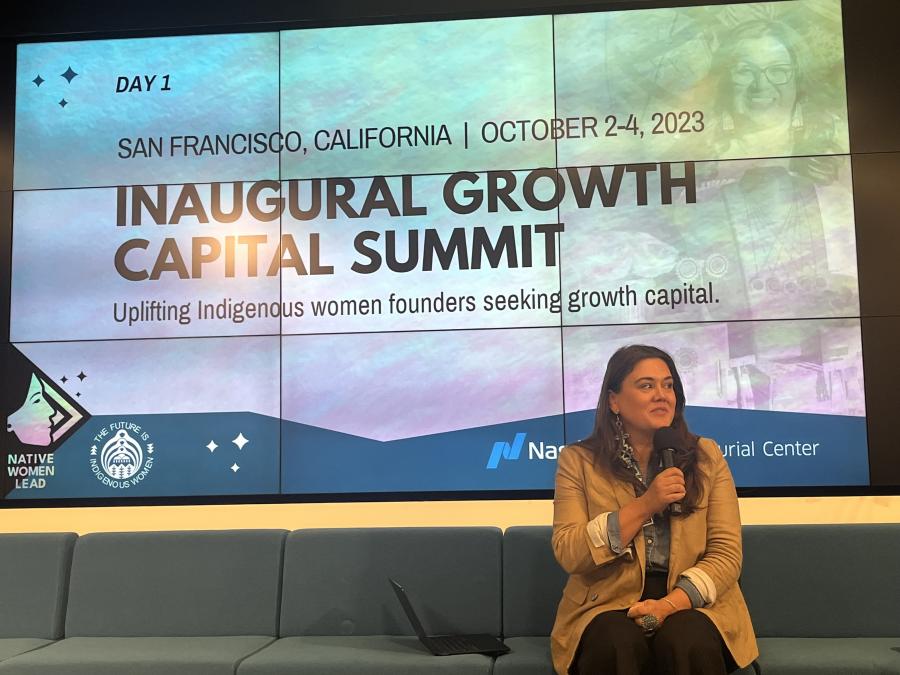
On January 30, 2014, two days after President Obama’s State of the Union address, policy makers, elected officials, tribal leaders, and the press convened in a Washington DC studio for the annual State of Indian Nations address. Because stories from Indian country seldom reach national media, the address is a chance for Native leaders to articulate their vision and concerns for their land and people on a national platform. The half-hour address this year was given by Brian Cladoosby, chairman of the Swinomish Indian Senate and newly elected president of the National Congress of American Indians.
Speaking to audience members and to the general public who had the opportunity watch a live stream on the internet, Cladoosby began by reflecting on many of the recent achievements throughout Indian country. The number of Native-owned businesses in the US is now about a quarter million, tribes are now large employers in many states, and they are increasingly finding trading partners in foreign nations, all of which signaled to him that “Tribal nations are no longer seen as a footnote to America’s past, but as a force for America’s future.” Among the greatest triumphs of the past year, said Cladoosby, was the reauthorization of the Violence Against Women Act, which included greater protections for most Native American women. Congress glaringly left the 226 Alaska tribes out of the law and unprotected—an injustice that Cladoosby vowed to correct this year.
The State of Indian Nations was not much unlike Obama’s State of the Union address in delivery and content. Cladoosby acknowledged the similar aspirations of Indian and non-Native Americans: “We all want good schools and sustainable employment, safe communities and new opportunities, drinkable water and breathable air… and a bright future for our children.” To achieve those goals, he proposed that US government must by an ally that promotes sovereignty instead of subordination.
Encouraged by what he saw as the Obama administration’s hitherto positive relationship Indian nations, Cladoosby seemed optimistic for the future of Native America. There are, however, many challenges facing Indian country today. The address identified many of these problems, which centered around the themes of opportunities for youth, violence, tribal sovereignty, and the federal government’s failure to uphold its trustee responsibilities. Recapping the foundation of Indian-US relations, Cladoosby described the trustee relationship in which the US government “Promised three things: To provide funding for essential services… To guard our right to govern ourselves on our remaining lands, and to help manage those lands and resources in our interests.” He repeatedly mentioned that the government did not sufficiently grant Indian nations the power of self-determination, and resolved that the success of Native communities depends on the federal government respecting indigenous sovereignty.
Following Cladoosby’s address, the congressional response was given by Montana senator Jon Tester who was introduced as “a champion of Indian country.” Echoing Cladoosby, Tester described his vision for empowering tribes to make their own decisions. “We must work with Indian country in order to best support Indian country,” said Tester. “Dictating policy from Washington simply does not work.” He expressed regret about recent funding cuts to Native schools. Acknowledging that, “We’ve failed to live up to our trust responsibilities,” Tester affirmed that the state of Indian Nations is a concern that the United States government must face.
For more information, visit: http://www.ncai.org/events/2014/01/30/2014-state-of-indian-nations-addr…



